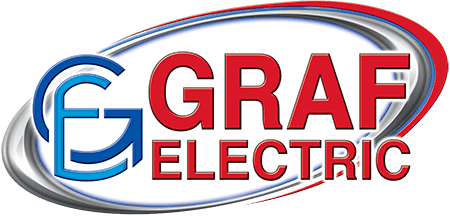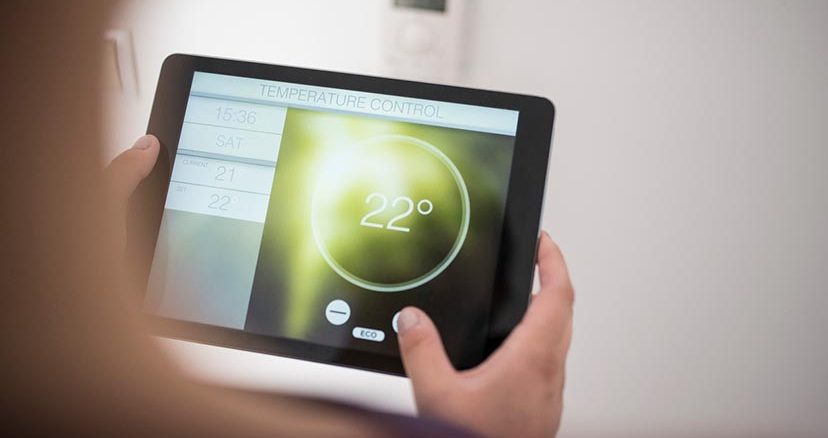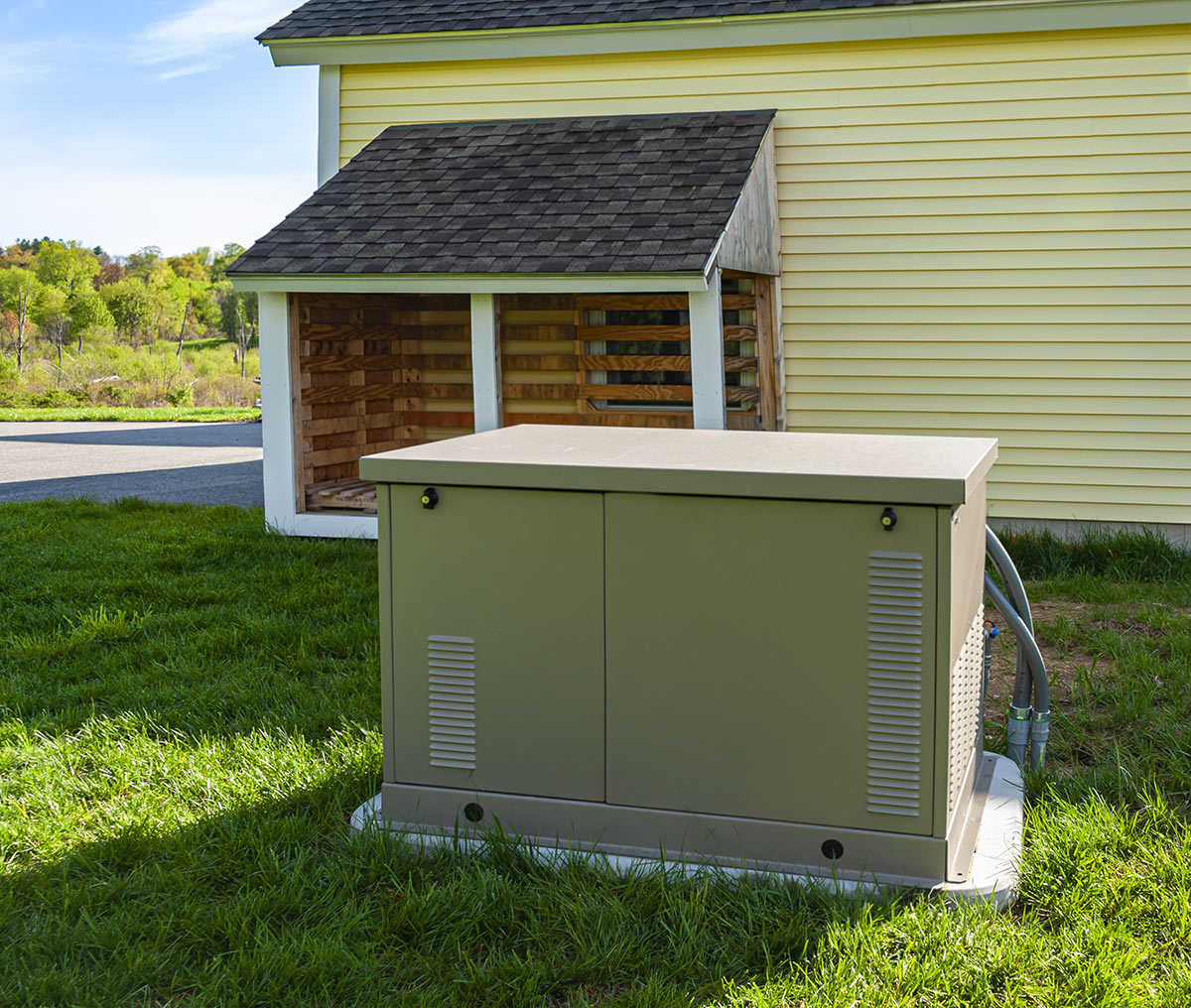
A generator powers electrical components when there’s no access to electricity. Generators work by transforming energy from mechanical to electrical. They’re powered by a fuel source like gasoline, natural gas or liquid propane.
The three types of generators are inverter, portable and standby.
1. Inverter Generators
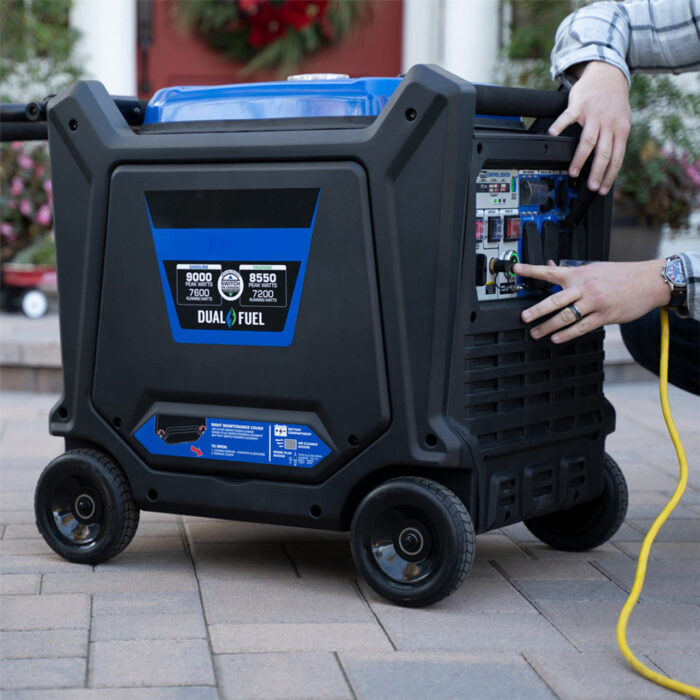
An inverter generator is the kind you’ve most likely seen used for camping and outdoor recreation. Inverter generators generate AC electricity and they can store DC power. They’re used for things like smartphones, lights, radios, fans and heaters. Although inverter generators are portable, they’re not the same as a portable generator.
2.Portable Generators
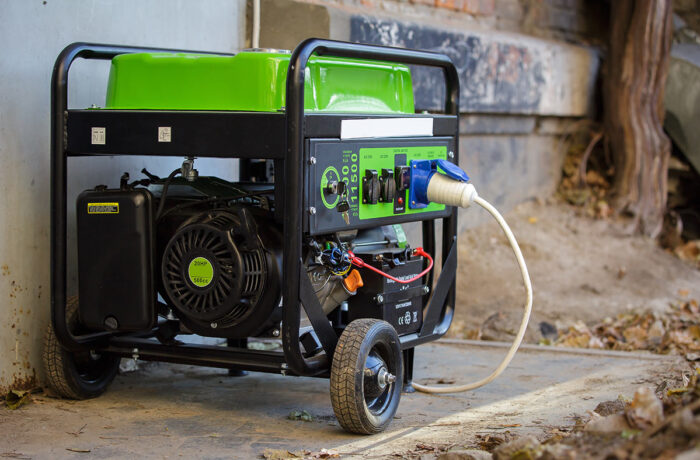
You may have seen portable generators used to power lights at outdoor events, for example. A portable generator runs on gasoline and is capable of powering some home appliances. Although they’re affordable, it’s important to keep in mind that portable generators can use up to 20 gallons of gas per day, so you’ll need to be able to keep extra gasoline on hand. They also have loud engines that generate exhaust which can cause carbon monoxide poisoning.
A portable generator needs to be at least 10 feet from your home or garage while it’s operating. At the same time, it also has to be protected from rain or snow while allowing air to circulate around it. And most importantly, a portable generator doesn’t work unless someone is at home to connect it to your home’s electrical system. This means if the electricity goes out while you’re away on vacation, you’ll likely come home to a fridge full of rotten food.
3. Standby Generators
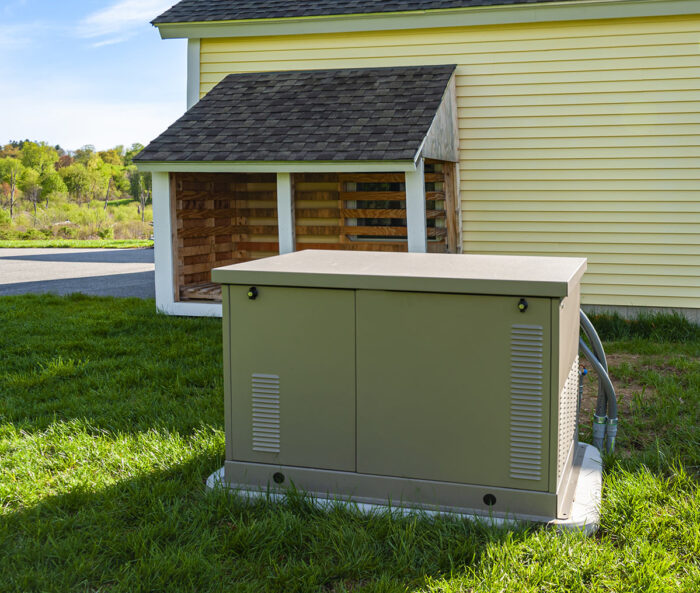
If you want to protect your home, a standby generator is the best residential generator choice. A standby generator can be used to power your home’s essential electrical equipment in the event of a blackout or other loss of power. You may also see them referred to as emergency generators, backup generators or whole house generators. Standby generators are sometimes also known as automatic backup generators because they use an automatic transfer switch to start supplying power to your home’s electrical system as soon as a power outage is detected.
There are standby generator models that operate quietly and even carry out automatic diagnostic tests each week. Self-diagnostics ensure your backup generator will be ready when you need it. A whole house standby generator can connect to your home’s natural gas supply or your propane tank. They last 15 years or even longer and they’re permanently installed, protecting your home with automatic emergency backup power 24 hours a day, 7 days a week.
How Does a Backup Generator Work?
 A backup generator works by sensing a loss of power to your home, automatically turning itself on, and then transferring the electric load to the generator. This is done through an automatic transfer switch that’s connected to your home’s electrical panel. The generator supplies the power for your home until the electricity comes back on. Then, the automatic transfer switch transfers the electric load from the standby generator to the back to the normal power supply.
A backup generator works by sensing a loss of power to your home, automatically turning itself on, and then transferring the electric load to the generator. This is done through an automatic transfer switch that’s connected to your home’s electrical panel. The generator supplies the power for your home until the electricity comes back on. Then, the automatic transfer switch transfers the electric load from the standby generator to the back to the normal power supply.
Request a Quote for Whole House Generator Installation
If you have questions about purchasing or installing a whole house generator for backup power, contact Graf Electric today.
